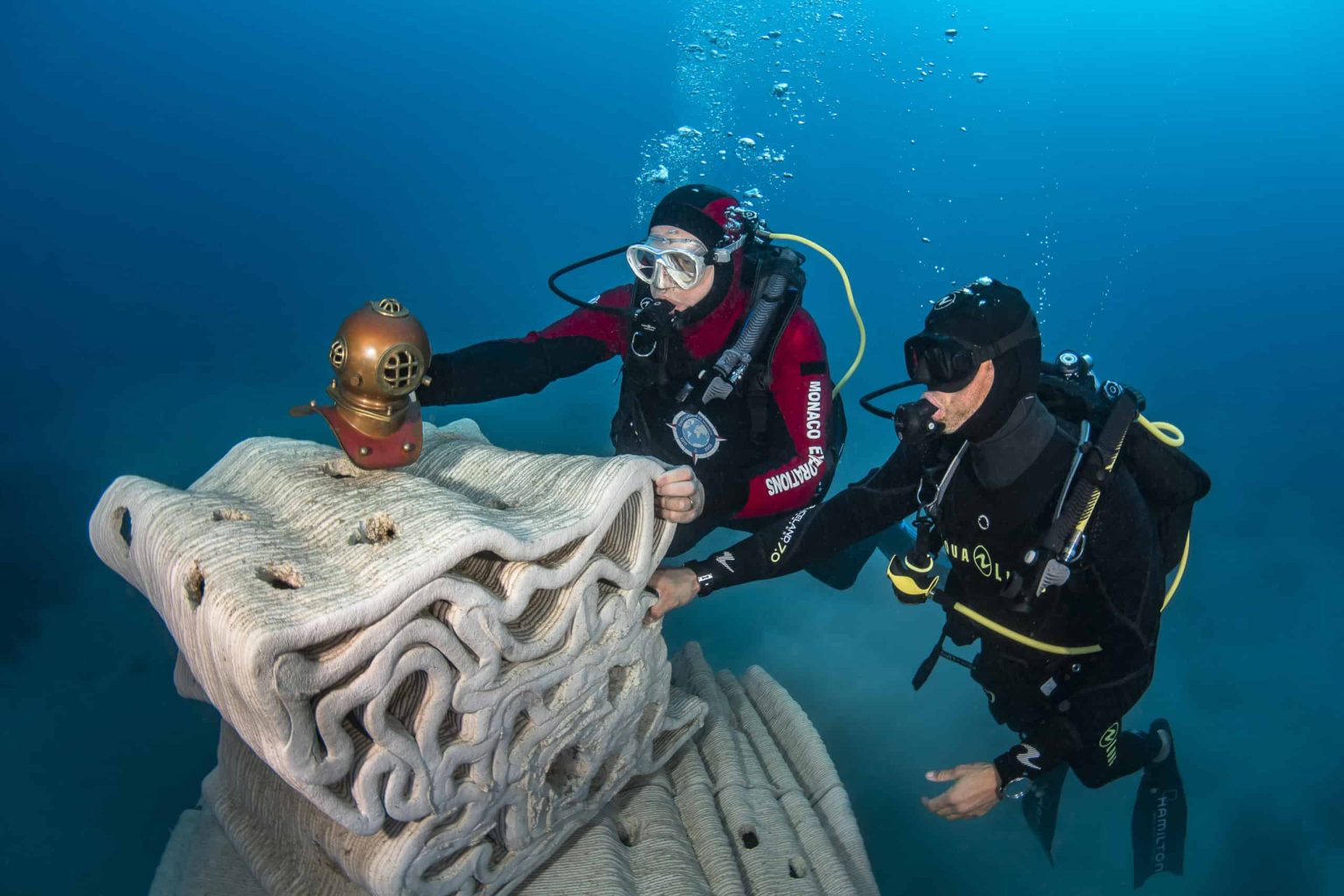Artificial reefs could protect coastlines nd marine life Biology Diagrams
Artificial reefs could protect coastlines nd marine life Biology Diagrams Results of the review include ref:. 10 coral restoration intervention types were identified, with direct transplantation and coral gardening being the most common methods. Other interventions included: artificial reefs, substrate enhancement with electricity, substrate stabilization (4%), algae removal, larval enhancement, and micro-fragmentation. Artificial reefs offer new hard substrate habitats that can enhance the survival and the development of large adults and mature stages of different taxa. Studies have demonstrated that well designed artificial reefs can not only attract marine life from the surrounding environment but also lead to the production of a new food chain.

The addition of substrate (or "artificial reefs")—i.e., deploying or building artificial structures as substrate for coral reef restoration through coral recruitment or coral planting—is

Inside the effort to save an iconic Caribbean coral reef Biology Diagrams
The construction of artificial reef modules in a high-energy environment to reduce wave energy and improve resilience of nearby communities and infrastructure demonstrates the feasibility of incorporating natural habitat rehabilitation targets early in a project's lifecycle (Reguero et al. 2018). Although the reef modules were designed to meet

Artificial coral reefs (ACRs), including submerged man-made structures placed on the substrate, in mid-water, or floating on the surface, have been suggested as a potential tool for restoration of marine resources, improving the catch rate of a variety of fish species, protecting natural ecosystems, and providing new habitat by creating habitats for fishes and invertebrates, enhancing the As global marine ecosystems face increasing threats, innovative solutions are crucial to preserve biodiversity and ensure sustainability. Coral reefs, often called the "rainforests of the sea," are vital for marine life, coastal protection, and economic benefits through tourism and fishing. However, climate change, pollution, and habitat destruction have led to widespread coral reef decline

The Ocean Movement Biology Diagrams
Over the past decade, there has been increasing interest in marine restoration, requiring a consideration of various approaches for optimal success. Artificial reefs (ARs) have been employed for marine restoration and fisheries management, but their effectiveness in restoring ecosystems lacks well-defined ecological criteria and empirical evidence. A systematic review of the literature on ARs
